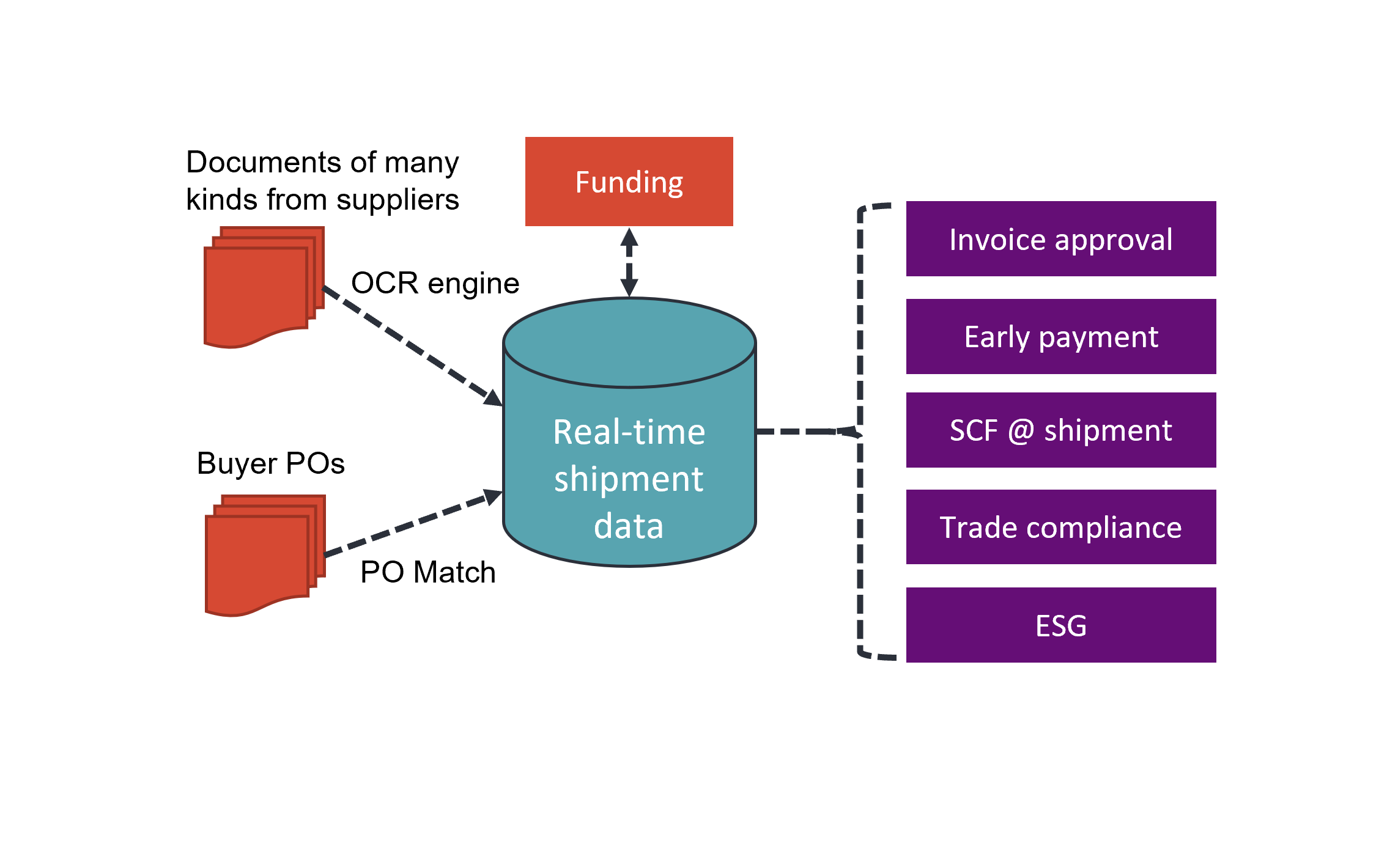ESG Documents
ESG documents and supply chains
Increasingly buyers are looking to their supply chains to evidence what products are made of and to substantiate claims that make about products in-store and online.
We call this:
"Proof of source" - the origin of products (and the materials in them)
"Proof of claim" - documentation that supports sustainability claims
Actions by regulators have brought this home. Large retailers are being required to take actions to bring their marketing in line with the proofs that they hold for the products that they sell and are facing increasing challenges from customs and authorities when the import goods to show that they are have not be produced by forced labour.
See here for a good summary of the regulatory headwinds that consumer-facing businesses have to address on ESG.
See here for updated enforcement cases led by US customs impounding goods where insufficient proof is available of source.

ESG documents: get the evidence from your supply chain
The supply chain: products
The supply chain may have many levels (sometimes called "tiers").
Products need to be traced from source through production to shelf.
Without tracing, there can be no substantiation of the end product.
There are a number of interesting and complex technologies being discussed around sourcing and substantiation - many involving blockchain. These are clever but can be impractical to scale up and can often have a high cost and invasive consequence for manufacturing processes across multiple organisations.
But actually the problem is typically much simpler - and solutions are needed now that are practical, scalable and at a sensible cost.
What's needed right now?
The standards of proof required by regulators much lower than might be imagined. Absolute proof is desirable but accepted to be often impractical and commercially impossible to procure.
Self-certification by suppliers of the source of their products is not sufficient.
But a chain of paperwork evidencing from where materials have been procured (source) can be enough to provide a sufficient baseline proof to support a marketing claim and defend products against being impounded via a WRO (US) or under modern slavery regulations in other countries.
Guilty until proven innocent
Products are assumed to be non-compliant unless the evidence is provided.
What is needed?
Two kinds of proof are required:
Proof of source - where has everything come from that is in the product?
Proof of claim - for each sustainability claim, evidence to back it up.
The proof is typically required in the form of documents, supported by periodic audits and checks on the supply chain. Documents take the form of receipts for inbound purchases of raw materials, shipping manifests or packing lists, invoices - supported by inspections and certificates where required.
A simple example is to consider a T-shirt made from organic cotton. What's needed, typically, is evidence of the source of the cotton backed up by credentials relating to that source. The cotton came from this supplier, and this supplier has these certifications:
Here is the import shipping documents for the cotton that we used (ordered in line with the purchase order, dated correctly, and from the nominated supplier that has the credentials) and
Here are the current and live credential documents of the supplier
How to organise the proof - at scale
PrimaESG enables buyers easily to ask for, collect, organise and then make available the proofs that are needed at product level (ie: as part of each purchase order).
PrimaESG is part of the PrimaTrade platform and provides buyers with the system that they need in order to:
request the right documents from their suppliers
obtain the documents at shipment,
potentially ensuring that suppliers are not paid until documents are provided and checked
Built-into how purchase orders are given
This is a "purchase order" level requirement. In other words, which documents are required for a given shipment depends upon which purchase orders are being included in that shipment (see PrimaMatch for details on how this can be handled at scale).
Some purchase orders may be for products where no claims are being made and so no additional documents are needed.
Other purchase orders may have very specific documentary requirements to support product claims that the buyer wants to make.
The process
The purchasing department specifies the products that it is ordering - and includes the specific proof documents required in the purchase order specification. This is an internal buyer process - but many buyers are already enhancing their purchase order processes to add the proof documents that they need.
Suppliers match off purchase orders against commercial invoices when they ship online using our PrimaMatch service. As POs are matched, we add the ESG documents required to the list of shipping documents. The platform digitises documents as they are uploaded by suppliers, meaning that documents are available in both scan and data form - enabling automated checking and approval against buyer-driven parameters.

ESG documents are integrated into the process
Documents uploaded are stored with purchase orders in both scan and digital form and this library of materials is then available to support customs issues (eg: defend against WRO claims in the US) and later marketing questions (eg: from competition and advertising regulators).
The source and the claim
Marketing and provenance claims on individual products can now be controlled against proof documents held against each product in both data and scan form.
This is a practical and workable solution that is available now to support the ESG document requirements that are emerging everywhere as the world wakes up to the importance of ESG, but also the disciplines involved behind the scenes.